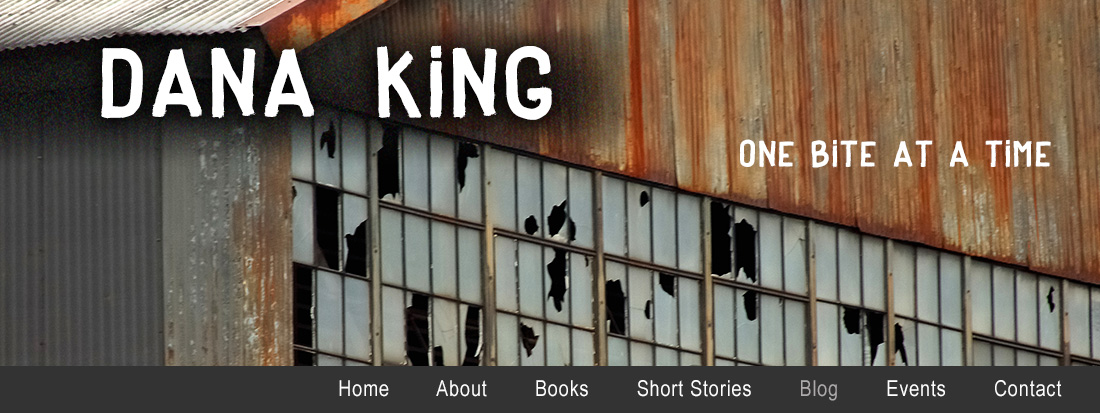Finding books on how to write is easy. Lay in the parking lot outside any building housing an MFA program and sooner or later one will fall on you. Actually publishing a book, or even placing more than one short story in a respected publication such as the Pennysaver is optional. Many of these books dispense such valuable information as, “show, don’t tell,” or “grammar is good.”
In much shorter supply are books about how to be a writer. What to look for in a school, what’s involved in selling a book or story, and what will be asked of you once a contract has been accepted. How to keep ends together. Even whether you should become a writer in the first place. John McNally’s The Creative Writer’s Survival Guide is a welcome addition to this niche.
McNally’s credentials are substantial: three novels, two collections of short stories, the editor of six anthologies. His fiction, reviews, and essays have appeared in over one hundred publications, and he is currently an associate professor at Wake Forest University. (Full disclosure: McNally was a visiting writer at George Washington University in 2001-2002, where I was fortunate to be accepted into his workshop.)
TCWSG is broken into six parts, each consisting of several sections: The Decision to Become a Writer, Education and the Writer, Getting Published, Publicity, Employment for Writers, and The Writer’s Life. These are bookended with a brief introduction (The Writer’s Wonderland—Or: A Warning) and the notes, bibliography, acknowledgements, and index such a book requires. The layout is logical, progressing through the stages of a writer’s life as they as most likely to be encountered.
The book works as well as it does because McNally has scuffed around as much as a archetypal writer should. He never starved in a garret, though he did freeze in a trailer, where he was almost overcome by the fumes of its kerosene heater. (A plan to work Alaskan crab boats before Most Dangerous Catch made it cool was narrowly averted.) Anyone who hopes to earn a living from writing will have few life events that aren’t at least analogous to something McNally has done.
The other element to the book’s success is McNally’s writing. If easy reading truly is hard writing, then John McNally busts his ass. Conversational without becoming colloquial, TCWSG is as much fun to read as his fiction. There are no sections to be trudged through. Even what may seem at first glance to be the lair of dryness may be spiced up with an anecdote or a well-designed phrase. McNally is expert at Elmore Leonard’s credo to leave out the parts people skip, often by finding a way to make them worth reading.
Yes, I’m in the tank for him. He convinced me I had some talent, and has been encouraging throughout our relationship. Still, the only book I’ve read about the writing life that comes close to TCWSG is John Scalzi’s delightful You’re Not Fooling Anyone When You Take Your Laptop to a Coffee Shop. (Stephen King’s On Writing begins with a long and informative biographical section, but it’s much of it is a purging of his demons, and, hopefully, of little practical use to other writers, except as a cautionary tale.) The Creative Writer’s Survival Guide is thought provoking and fun, which is the best way to learn anything.



